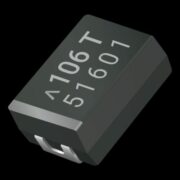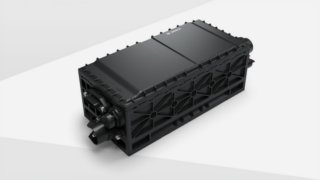Robotic Surgery
Robotic Surgery is the term used for surgery which is performed by robotic machines. The advantages of robotic surgery / robotic assisted surgery are doctors have more precision and control during operations. Compared to doctor-based surgery, robotic surgery is mainly used during minimally invasive operations which need to be performed on tiny incisions – too small for a doctor to perform successfully. According to NYU, when performing surgery with the da Vinci Si—the world’s most advanced surgical robot—these miniaturized instruments are mounted on three separate robotic arms, allowing the surgeon maximum range of motion and precision. The da Vinci’s fourth arm contains a magnified high-definition 3-D camera that guides the surgeon during the procedure.
3-D Printing
3D printing within the medical field can be used to produce prosthetic organs and limbs which are customised to the patient’s specific needs. 3D printing has only recently been introduced into the medical sector, despite the first 3D printer being invented in 1983 by Chuck Hull. 3D printing is beneficial for training doctors and preparing for complex operations. 3D printing provides realistic graphics of specific body parts which makes the operations more accurate due to pre study of the operation. Not only this, pre doctors who are currently training can practice on 3D printed organs prior to the real operation. The latest 3D printing technology means we can create artificial organs and body parts for training purposes, prosthetics body parts, reconstructing organs and educational purposes.
Health Wearables
Health wearables are a huge hit right now. According to Extreme Tech, about one in six US adults own a smartwatch and growth is expected to continue. This is especially apparent among older buyers. Specifically, the health focus of devices like the Apple Watch 4. Smart watches are electronic based watches which sit comfortably on your wrist and give you instant access to data. Smart watches were originally invented to track the health of the owner – such as steps, calories burnt and overall health. Nowadays, smart watches are a sleek alternative to a phone due to its small size and the fact they are always accessible . The wearable devices market is forecast to reach $67 billion by 2024.
Artificial Organs
An artificial organ is a human made organ which is used as a replacement for a dysfunctional body part – such as a failed heart, lung replacement or disfigured limb. Artificial organs were created to lower the organ transplant waiting list and reduce casualties. According to the NHS, there are currently around 6,000 people on the UK Transplant Waiting List. Last year over 400 people died while waiting for a transplant. How do you make artificial organs? Over the years we have completed studies on stem cells which proves we may be able to grow organs in a lab. Within an article from Science Museum: Liver buds have been grown from human stem cells by scientists from Yokohama City University. These immature clumps of liver cells formed their own blood supply and matured into adult liver cells when transplanted into mice. In tests the cells showed some normal liver functions. This raises hope for the possibility of one day transplanting fully functioning lab-grown livers. On the other hand, artificial organs can also be produced using 3D printing which is potentially a more efficient way of creating an artificial organ.
Artificial Intelligence
AI within the medical sector has proven successful and reliable. According to ‘Sky News’, Artificial Intelligence better than expert radiologists at spotting breast cancer, the study says. This results in fewer mistakes made my radiologists and more accurate results for patients. The study found that an AI system developed by Google Health can identify cancer in breast screening mammograms with fewer false positives and fewer false negatives than radiologists.
By Amy Leary, Marketing Manager at eBOM.com










